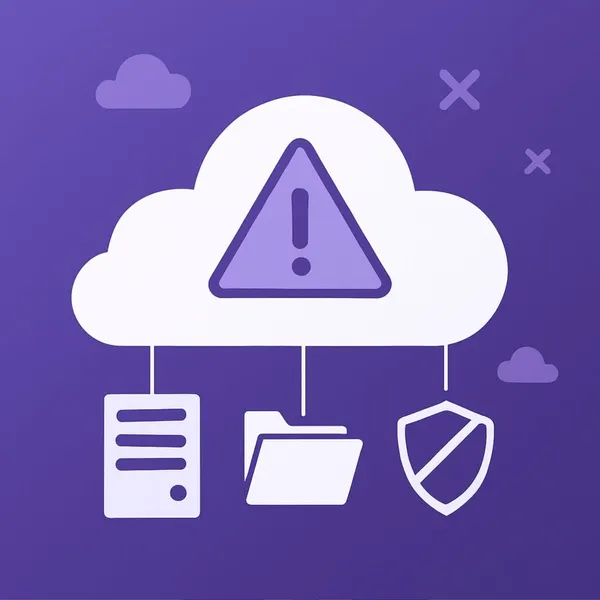
Knowledge base
November 22, 2023
The Road to Success with Microsoft Copilot
In the age of digital transformation, tools like Microsoft Copilot are not only innovative, but also essential for optimizing work processes. Promising to increase efficiency and streamline workflows, Microsoft Copilot is at the forefront of a new way of working. But how do you ensure that your organization is ready to embrace this cutting-edge technology? In this blog, we explore a step-by-step approach to successfully implementing Microsoft Copilot.
-
License Requirements Understanding
Before you begin, it is essential to make sure you have the right licenses. A Microsoft 365 E3 or E5 license is required, along with a specific license for Microsoft Copilot. Also, make sure your Microsoft 365 Apps are always up-to-date.
-
Setting Objectives
What do you want to achieve with Microsoft Copilot? Defining clear goals helps you use the tool effectively, for example, to improve productivity and collaboration.
-
Evaluation of Current Tools
Take a close look at your existing technology infrastructure. How do these integrate with Microsoft Copilot? This is also the time to review your licenses and adoption reports.
-
Hole Identification and Data Classification.
Discover where your current systems fall short and use Microsoft Purview to classify and protect your data.
-
Internal Resources and Support
Assess whether you have enough knowledge and manpower for a successful implementation. Consider collaboration with Microsoft Partners as needed.
-
Managing Microsoft 365
Ensure that all relevant data sources are clean and accessible. This requires attention to governance, access control and policies.
-
Navigating Ethics and Regulations
It is crucial to have guidelines for the ethical use of Copilot and be aware of laws and regulations surrounding AI technologies.
-
Testing for Implementation
Perform thorough testing to ensure Copilot integration is smooth.
-
Training and Guidelines for Employees.
Train your staff and provide them with guidelines and best practices for using Copilot. Also provide good onboarding materials.
-
Setting Feedback Mechanisms
Set up channels for employees to report feedback or issues. This is crucial for continuous improvement and adaptation.
Conclusion
Implementing Microsoft Copilot in your organization is more than just a technical upgrade; it is a step toward a more efficient and smarter way of working. By following this checklist, you’ll prepare your organization to successfully integrate Copilot, allowing you to reap the benefits of advanced AI-driven solutions. Remember, the key to success lies in careful planning, evaluation and adaptation to the unique needs of your organization.
Closing
Have questions or want to learn more about how Microsoft Copilot can transform your organization? Then contact us for more information and support.
Want to know more?

Related
blogs
Tech Updates: Microsoft 365, Azure, Cybersecurity & AI – Wekelijks in je Mailbox.



